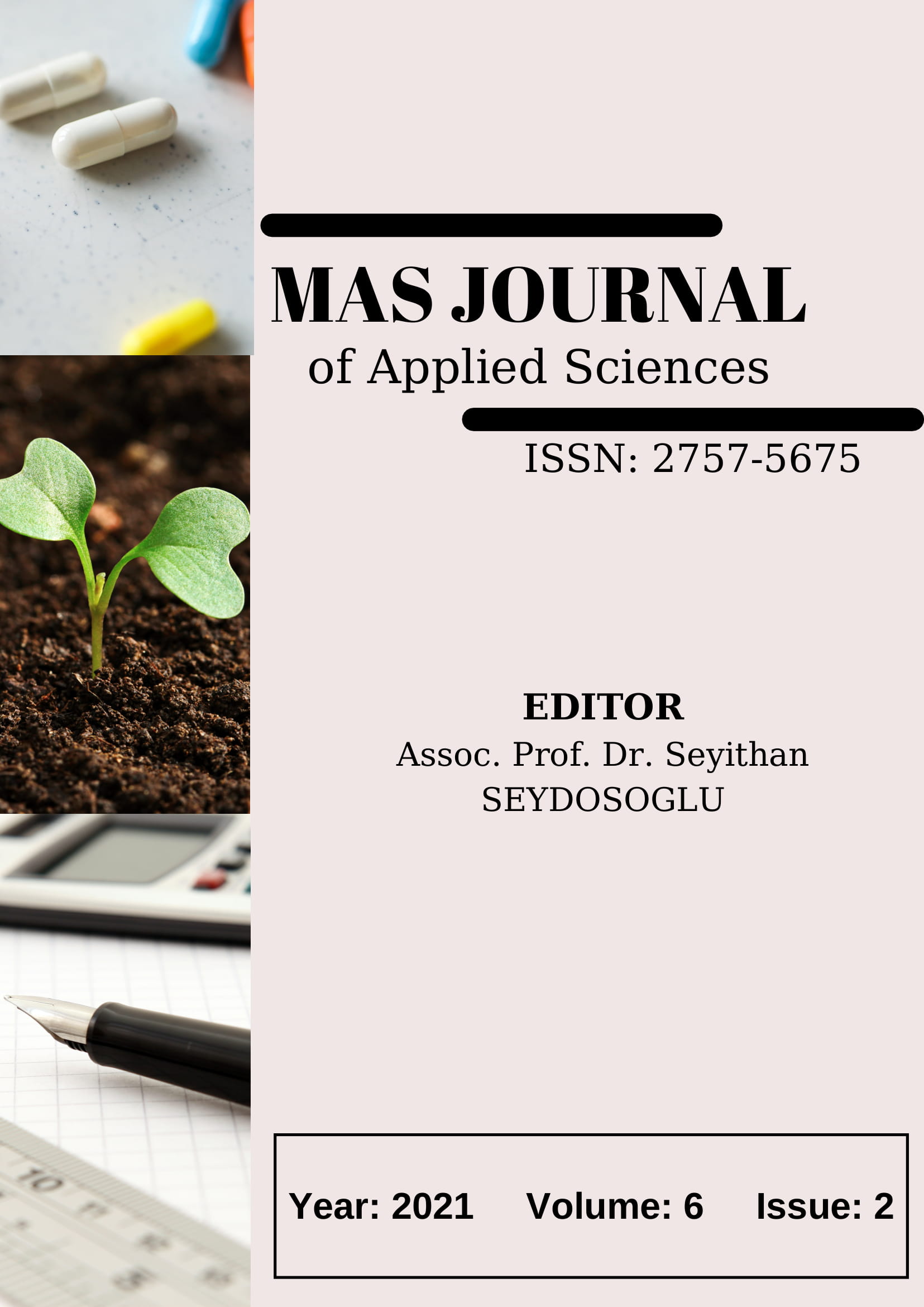Carbon Foot Print Evaluation of an Industrial Enterprise Producing Flour: A Case study of Adıyaman Province
DOI:
https://doi.org/10.52520/masjaps.40Keywords:
Carbon Footprint, Electricity Consumption, Tier 1Abstract
To increase awareness of the environment, carbon footprint calculations are made to get attention to various dimensions of ecological destruction. In this context, it has been recommended to calculate the carbon footprints of factories that produce in industrial style, especially in scientific studies, and to try to optimize where they are seen. One of the industrial sectors operating in Adıyaman where carbon emissions occur is the flour sector. In the presented study, the real data of the flour factory are obtained and the carbon footprints are calculated. The tier -1 method was used as a data collection tool in the study. The electricity consumption of the factory, diesel/fuel consumption, the amount of wastewater generated, and the factors originating from solid fuel is calculated as 322400 kWh/year, 2555 lt/year-diesel, 10000 m3, 400 tons/year, respectively, and these values are calculated as 300 days per year of the factory. it is assumed to be working and calculated. As a result of the calculations made by Tier-1 methodology, it was found to be 145,064 kg CO2-e. The major part and most important share of the specified value was taken by electricity consumption, after which the others contributed an equal amount of carbon emissions. When the calculated carbon footprint amount is compared with the real data in the literature, the results clear that this amount of carbon footprint is at an average level.
Downloads
Published
How to Cite
Issue
Section
License
Copyright (c) 2021 The copyright of the published article belongs to its author.

This work is licensed under a Creative Commons Attribution-NonCommercial 4.0 International License.


